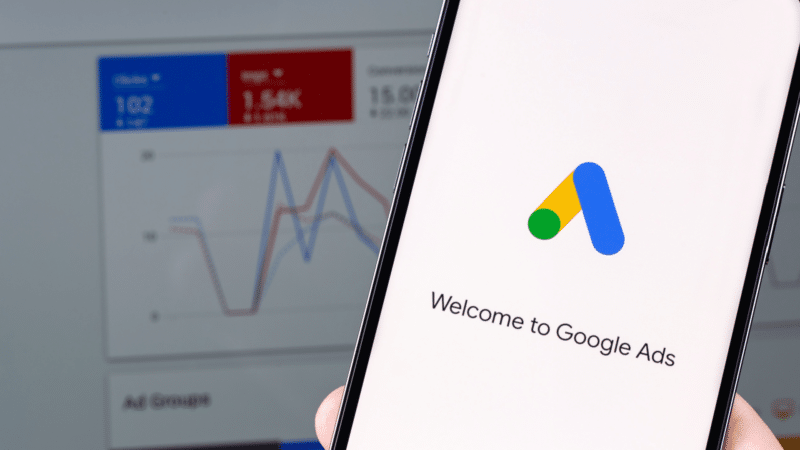
Unleashing the Power of Google Ads: Understanding the Target Cost-Per-Click (tCPC) Bidding Strategy
In the rapidly evolving world of digital advertising, staying ahead means continuously adapting to new strategies and tools. Google Ads has recently launched the Target Cost-Per-Click (tCPC) bidding strategy designed for Demand Generation campaigns. This innovative approach grants advertisers enhanced control over their spending while striving to maximize click volume.
What is tCPC?
At its core, tCPC empowers advertisers to set an average cost they are willing to pay for clicks. Google harnesses its machine learning capabilities to adjust bids dynamically during auctions based on signals such as device type, browser, and time of day. This feature is tailored for advertisers aiming to optimize the cost of clicks rather than focusing solely on post-click conversions. This distinction is crucial for campaigns directed toward increasing website traffic.
Practical Application of tCPC
For instance, should an advertiser designate a target CPC of $10, Google will engage in real-time bidding to ensure that over time, the average CPC aligns with the specified amount. By observing various market indicators, advertisers can enjoy a degree of automation without transgressing budgetary boundaries. Implementing tCPC is straightforward; advertisers can apply this strategy at either the campaign or ad group level.
When Should Advertisers Consider tCPC?
tCPC is especially beneficial for campaigns that prioritize web visitors over specific actions after a click. In scenarios where driving traffic is critical, this bidding strategy provides the automation needed without sacrificing precise budget control. Furthermore, with its recent introduction, many marketers express curiosity about its potential impacts on conventional manual CPC bid methods, particularly given the limited initial roll-out within Demand Generation campaigns.
Integration with URL Management Tools
The effectiveness of tCPC can also extend to URL management tools, such as URL shorteners. Advertisers aiming to optimize their click-driven strategies can utilize short links to track the effectiveness of their campaigns. This method not only reduces clutter but also provides clearer insights into user engagement metrics. As advertisers deploy tCPC, leveraging tools such as URL shorteners can enhance their campaigns, providing concise analytics on click behavior.
In exploring how short link management integrates with tCPC, advertisers could also consider custom domains that help to maintain brand identity while driving traffic. Tailoring the experience can result in improved click-through rates—an essential metric that aligns with the goals of those adopting tCPC strategies.
Community Reactions and Future Implications
The announcement of the tCPC strategy has sparked diverse opinions within the industry, with professionals keen to analyze its alignment with traditional bidding methods. Some express optimism regarding its potential to refine campaign performance, while others remain skeptical about its visibility within the user interface. As this bidding strategy unfolds, marketers will undoubtedly monitor its development closely, eager to grasp its full implications on broader strategies.
In conclusion, the introduction of tCPC in Google Ads presents a new avenue for advertisers looking to streamline their click-driving efforts while maintaining budgetary discipline. However, market participants must remain vigilant, adapting their strategies as necessary to leverage this innovative feature fully.
#BitIgniter #LinksGPT #UrlExpander #UrlShortener #DigitalMarketing #PPCStrategies
Want to know more: https://searchengineland.com/target-cpc-bidding-google-demand-gen-457151

